Alexander Hamilton

Probably best known at this point for the musical about him, Alexander Hamilton was a revolutionary and statesman who clearly knew how to get on people’s nerves as he ended up getting shot and killed in a duel with Aaron Burr. That’s the legacy he left behind, but if you’ve seen the musical or read about him, you know there’s a whole lot more to him than that.
For instance, Hamilton was the first secretary of the treasury, he was an elected representative for the Congress of the Confederation, and one of George Washington’s most trusted cabinet members. Hamilton has had numerous portraits depicting him and none of them look exactly the same, here AI takes a shot to help build a more realistic visage.
Elizabeth Schuyler Hamilton
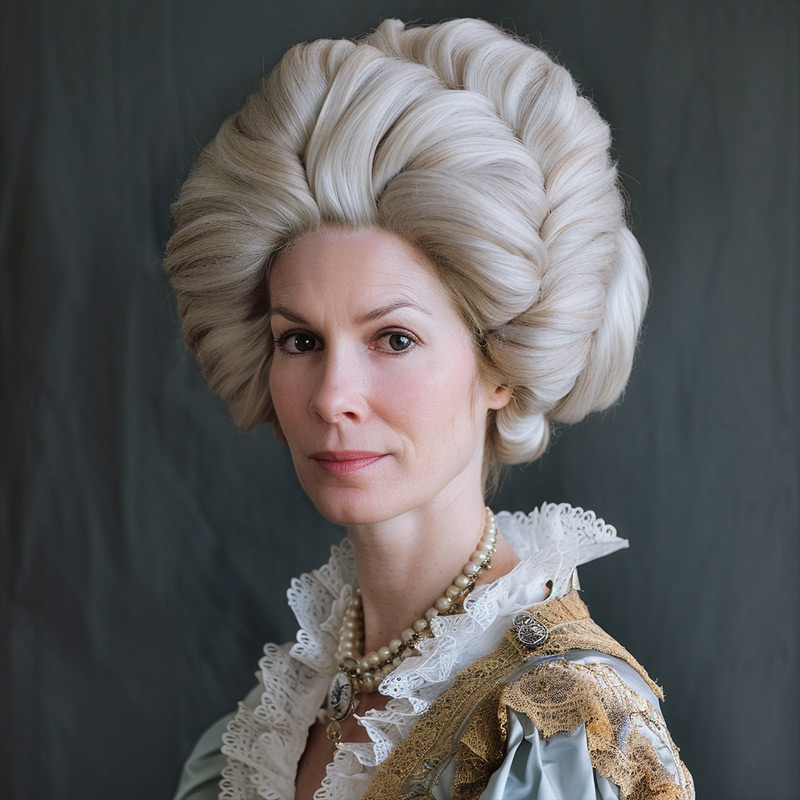
Elizabeth Schuyler Hamilton, AKA Eliza, was much more than just Alexander Hamilton's wife — she was a remarkable early feminist. Eliza was born into a prominent New York family and was well-educated, which was unusual for women of her time. The pair met during the Revolutionary War and they married in 1780. In 1797, Hamilton publicly admitted to an affair with Maria Reynolds to defend himself against accusations of financial impropriety.
Despite the humiliation of Hamilton's cheating scandal, Eliza dedicated herself to philanthropy and advocacy, founding the first private orphanage in New York City and actively supporting numerous charitable causes throughout her life. She also played a vital role in preserving her husband's legacy after his tragic death in a duel with Aaron Burr.
James Monroe
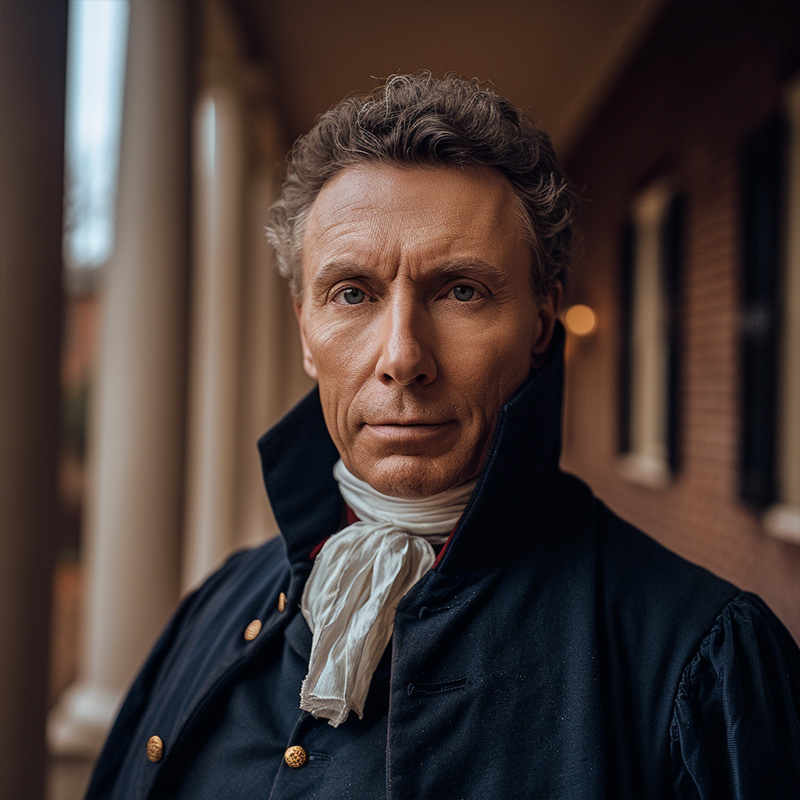
The fifth president of the United States, James Monroe, was a statesman, lawyer, and diplomat. He’s perhaps best known for the Monroe Doctrine, a policy opposing European colonialism and asserting U.S. dominance. He held multiple titles throughout his career, as he was a man of many talents.
Though he was born into a slave-owning family, he supported the colonization of Africa by freed slaves—Liberia’s capital, Monrovia, is named in his honor. With just a few portraits of this historical figure, it can be hard to imagine what he really looked like. This AI image helps solidify the details.
Elizabeth Monroe
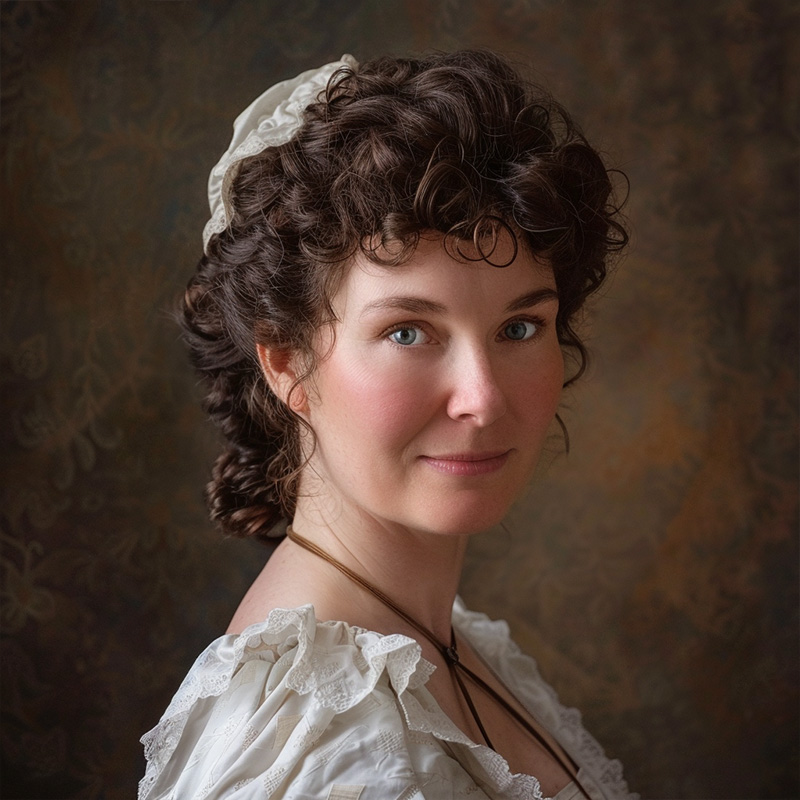
Elizabeth Monroe, wife of the 5th president, James Monroe, was a complex figure. Despite marrying into wealth, her family's fortunes dwindled during the Revolution. Beautiful and elegant, she charmed European crowds while James served as a diplomat. However, shyness and health issues limited her public appearances as First Lady.
Though reserved, Elizabeth was a devoted wife, managing the household and supporting James' political career. Her quiet strength and unwavering support were undeniable, even if public perception of her was mixed – some saw aloofness, others kindness. Delving into letters and diaries of the era might offer a clearer picture of this intriguing woman.
George Washington
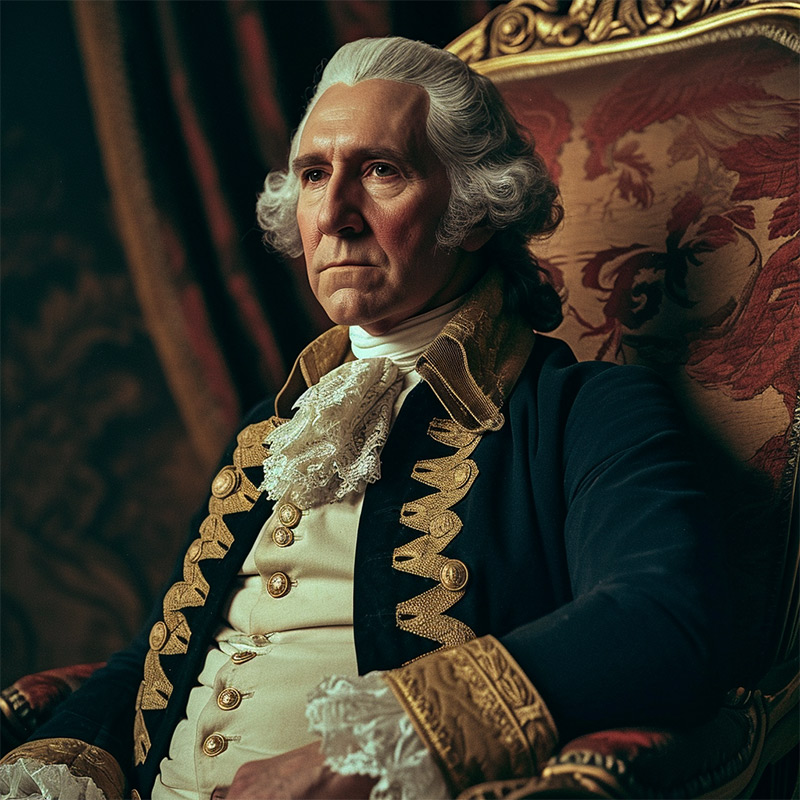
We all know George Washington – the commander of the Continental Army during the American Revolution and the first President of the United States after the Constitutional Convention of 1787. But what we really don’t know is just what the father of our country really looked like.
All we have really had to go by for years are some old paintings and one dollar bills. His profile is certainly recognizable but it’s hard to grasp the finer details of his face and really see him as a living breathing individual. This AI model gives us a pretty good idea of what the man would have looked like in real life.
Martha Washington
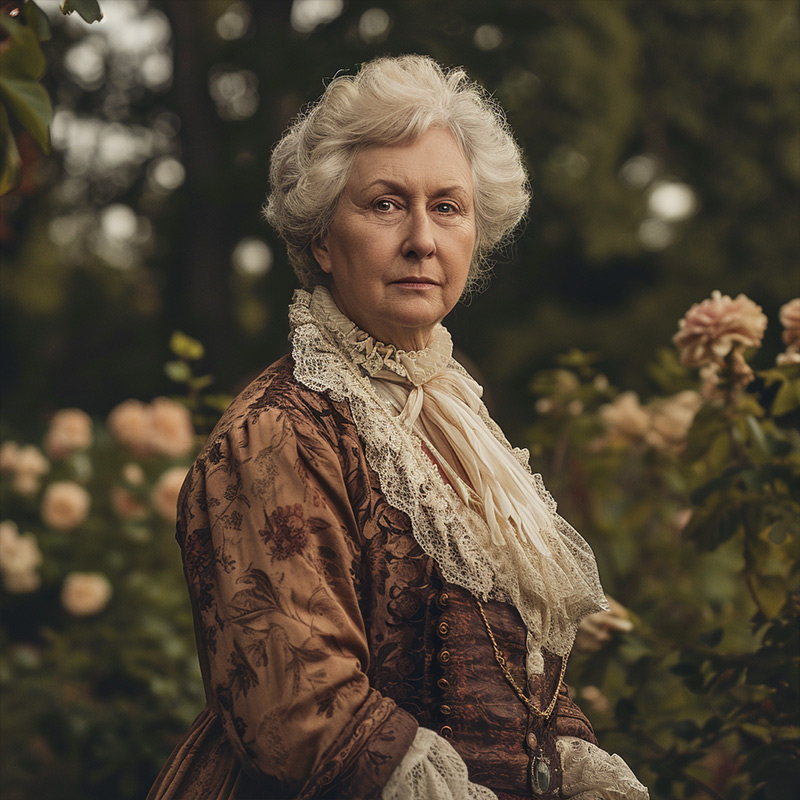
Though not a Founding Father, behind every great man is a strong woman! The wife of George Washington, Martha Washington was the inaugural first lady of the US. Also known as Lady Washington, she played a large role in the American Revolution. Martha even followed her husband to his winter encampments for eight years, keeping up morale among the officers.
Surprisingly, Martha was not fully supportive of George becoming the first President. She didn’t enjoy the restrictions placed on her life by assuming the title of the first lady. Seen in paintings, postage stamps, the $1 Silver Certificate, and coins, we have an indication of how she might have appeared. This AI image gives us a clearer view of the historical woman.
Samuel Adams

Samuel Adams isn’t just something you enjoy at Octoberfest—he was a statesman, philosopher, and leader in the American Revolution. He shaped the political culture of the US by designing many of the principles of American republicanism. He became a part of a movement to oppose British efforts to tax the colonies without their consent, which led to the Boston Tea Party.
He’s also known to be somewhat controversial. He was praised in the 19th century as leading colonists towards independence early on, but British historians painted him as someone who provoked “mob violence”. While we’ve seen his likeness in paintings and beer cans, this AI image provides more detail and perhaps a more accurate version of this founding father.
Elizabeth Checkley

Despite being the wife of a Founding Father, Elizabeth Checkley's life remains largely in the shadows. Daughter of a prominent Boston minister, she married Samuel Adams in 1749. Their union, though short-lived, produced six children, but only two survived to adulthood. Elizabeth tragically died in 1757 from childbirth complications.
As the daughter of a clergyman, Checkley was quite educated for a woman at that time. She focused many of her efforts on building a family; unfortunately, only two of their six children would survive to adulthood.
Elizabeth "Betsy" Wells
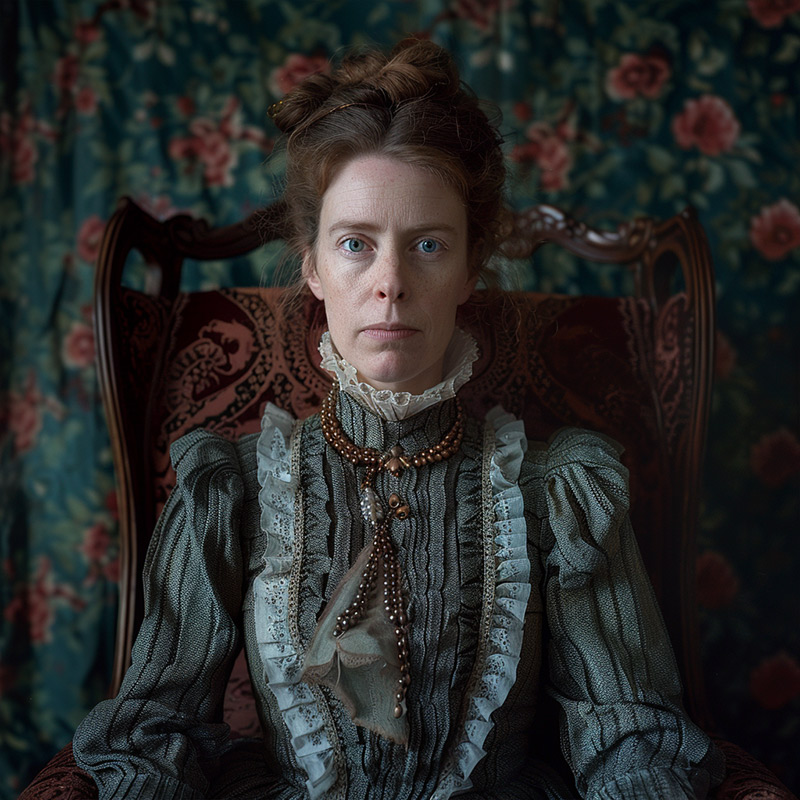
Samuel Adams wasn't alone for long! After his first wife passed away, he married Elizabeth Wells in 1764. Elizabeth's dad was a big-shot merchant in Boston, and she became known as Betsy to avoid confusion with Samuel's first wife. They never had any kids together, but Betsy was a kind and loving stepmother to Hannah and Samuel Jr., the kids from Samuel's first marriage.
Even though she wasn't out there giving speeches, Betsy played a big part by hosting important political gatherings at their place. Imagine all the whispering about revolution over fancy dinners! Having a strong, supportive wife like Betsy must have been a huge help for Samuel, especially during those crazy revolutionary times.
Thomas Jefferson

Probably one of the most respected and most controversial of all the founding fathers would have to be Thomas Jefferson. The man was integral to the American Revolution in many ways. He was the author of the Declaration of Independence and served as a statesman and diplomat. Of course, he was also the third president of the United States. He was also a lawyer, philosopher and architect – a man of many talents.
And then there’s the dark side of his legacy. The man was a plantation owner, having owned more than 600 slaves during the course of his life. And he even had relations with at least one of them, but given the fact that Sally Hemings was enslaved, you could hardly say it was consensual.
Martha Jefferson
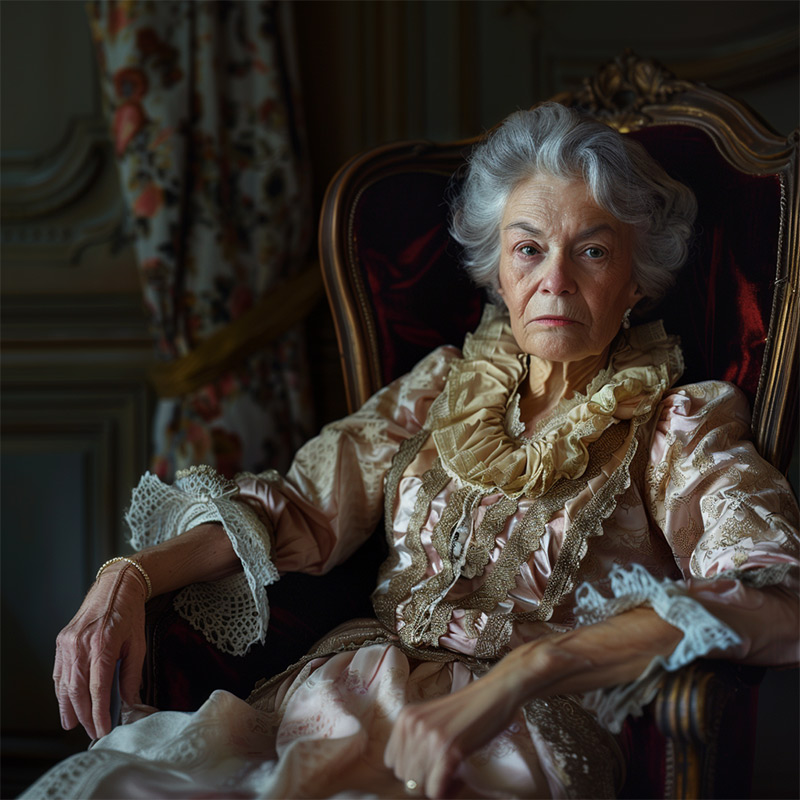
Martha Jefferson, wife of 3rd President Thomas Jefferson, significantly impacted his life. Though they endured personal tragedies, their marriage thrived on love and respect, and Martha's intelligence and charm complemented Jefferson's personality. While not directly involved in politics like some Founding Fathers' wives, Martha undeniably supported her husband's career.
As hostess of Monticello, Martha facilitated crucial political discussions among the Founding Fathers, which revealed just how much Martha influenced Jefferson's political views. Her encouragement likely shaped his perspectives on liberty, democracy, and governance.
John Adams

John Adams played a tremendous role as a founding father of the United States. The statesman, attorney, and diplomat was elected vice president twice and became the second president of the United States starting in 1797. During the American revolution, he assisted Thomas Jefferson in drafting the Declaration of Independence.
Despite all of his work during the American Revolution, his reputation was tarnished by some of his acts as president – a role he served only one term. Among his most controversial decisions was building up the Army and Navy in the Quasi-War with France, as well as the Alien and Sedition Acts, which sought to limit people from speaking out against the government.
One thing he did have going for him, that none of the other founding fathers can say: he never owned slaves.
Abigail Adams

Abigail Adams was the wife and closest advisor of John Adams. She is one of only two women to have been married to one president and mother of another—John Quincy Adams. Her life is one of the most documented of the first ladies due to the many letters she wrote to her husband during the Continental Congresses.
John frequently sought her advice on government matters, so when he is credited with his variety of achievements, Abigail played a big part in his success. She has consistently ranked among the three most highly regarded first ladies by historians. While we see her image in paintings and currency, this AI image does a better job of really nailing the details.
Benjamin Franklin
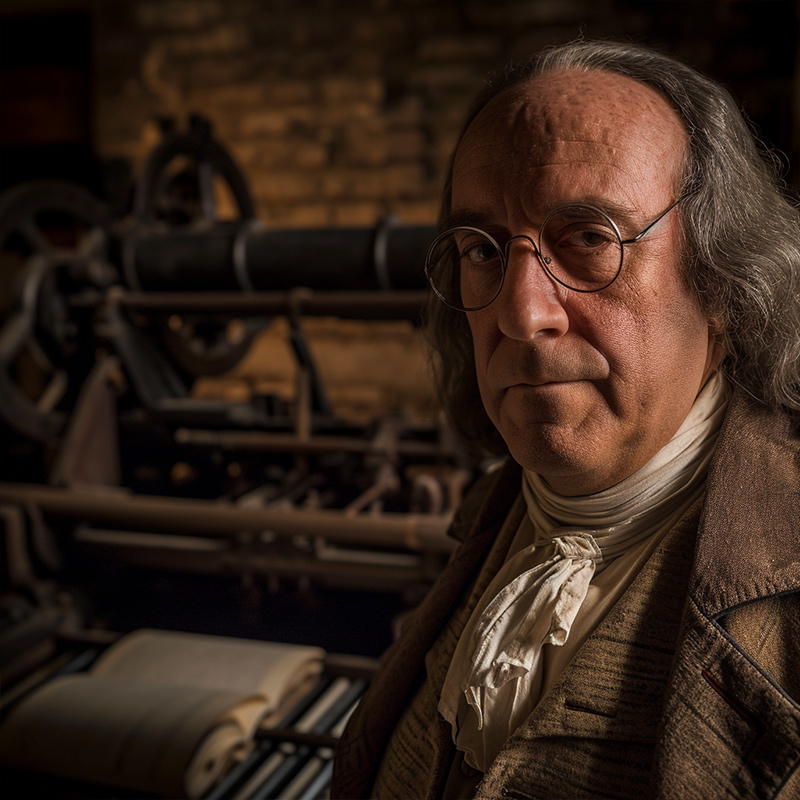
Benjamin Franklin is not only a founding father but probably one of the most significant American philosophers as well. He was also a writer, scientist, inventor and publisher. Although he was never a president, he served his country as a statesman and diplomat. He assisted in drafting and signing the Declaration of Independence and became the first United States Postmaster General.
You’ve seen his portrait, undoubtedly, many times in various forms - not only in paintings but on the $100 bill. His published autobiography is still read to this day, and many of his inventions, at least in some form, are used to this day. But this man is such a legend now that it is hard to imagine him as a real-life individual, but thanks to AI, we can get a better idea.
Deborah Read

Deborah Read — Benjamin Franklin's common law wife — wasn't your typical spouse. Their unconventional partnership began when a teenage Franklin lodged with Deborah's family. Years later, their paths crossed again after Read's first marriage dissolved, leading to a lifelong partnership in the early 1730s.
Despite her limited education, Deborah's intelligence shone and she frequently managed Franklin's business affairs when he explored science and politics. Unfortunately, Read refused to join him on his trips to Europe in the 1760s, where he stayed for 10 years. Within those years, she stopped writing to her husband, suffered a stroke, and died. Franklin never returned home before her death.
John Jay

John Jay may not be the most popular of the founding fathers, but he was certainly one of the most integral. He was a statesman, diplomat, and patriot. He was also an abolitionist, which separates him from most of the founding fathers. Nevertheless, he still owned a number of slaves.
John Jay was a leader in the Federalist party and played a significant role in the direction of the US foreign policy in the 1780s. John Jay was elected to the first continental congress and served as president for the second continental congress. Following the American Revolution, he served as Secretary of Foreign Affairs.
Sarah Livingston Jay

John Jay's wife Sarah Livingston Jay was born into a prominent New Jersey family in 1756. Sarah was well-educated and shared John Jay's passion for politics and public service, which she demonstrated during the American Revolutionary War by managing his affairs while John Jay negotiated the Treaty of Paris in 1783.
Like Elizabeth Schuyler, Sarah Jay supported various charitable causes throughout her life, including the New York Orphan Asylum Society, which provided care and education for orphaned children in New York City. She also adored literature and poetry and took time to correspond with fellow Founding Fathers Thomas Jefferson and Benjamin Franklin about such topics.
James Madison

Statesman and diplomat James Madison has been labeled by posterity as the Father of the Constitution for his role in drafting and promoting the Constitution of the United States and its Bill of Rights. He had served on the Continental Congress during the Revolution and helped organize the Constitutional Convention.
James Madison would go on to become the fifth secretary of state and the fourth president of the United States. Generally considered to be a good president, there are not a whole lot of negatives in terms of his work as a public servant. There’s a fair share of portraits of the man, but here AI gives us a chance to imagine what he’d look like in real life.
Dolley Madison
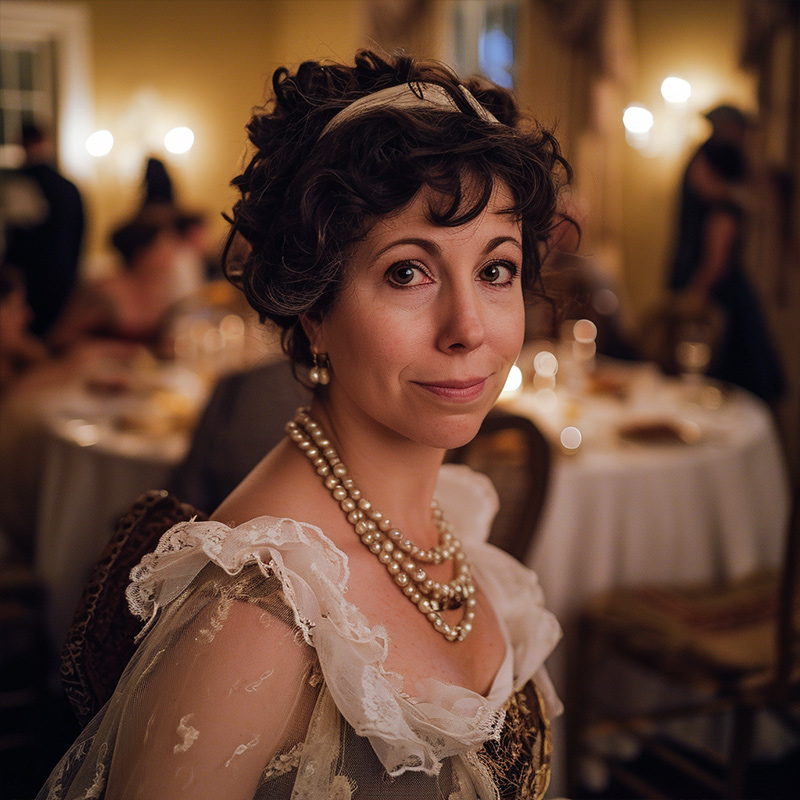
As the wife of James Madison, Dolley Madison was the fourth first lady of the US. She helped to create the idea that members of each party could socialize, network, and negotiate without violence by holding social functions to which she invited members of both political parties. Before, founders would meet with only one party at a time.
She also helped to furnish the brand-new White House. When it was set on fire, she saved the portrait of George Washington. She is highly regarded among first ladies, ranking among the top six. Her likeness can be seen in portraits, films, and coins, but AI takes it to the next level with this image.
Patrick Henry
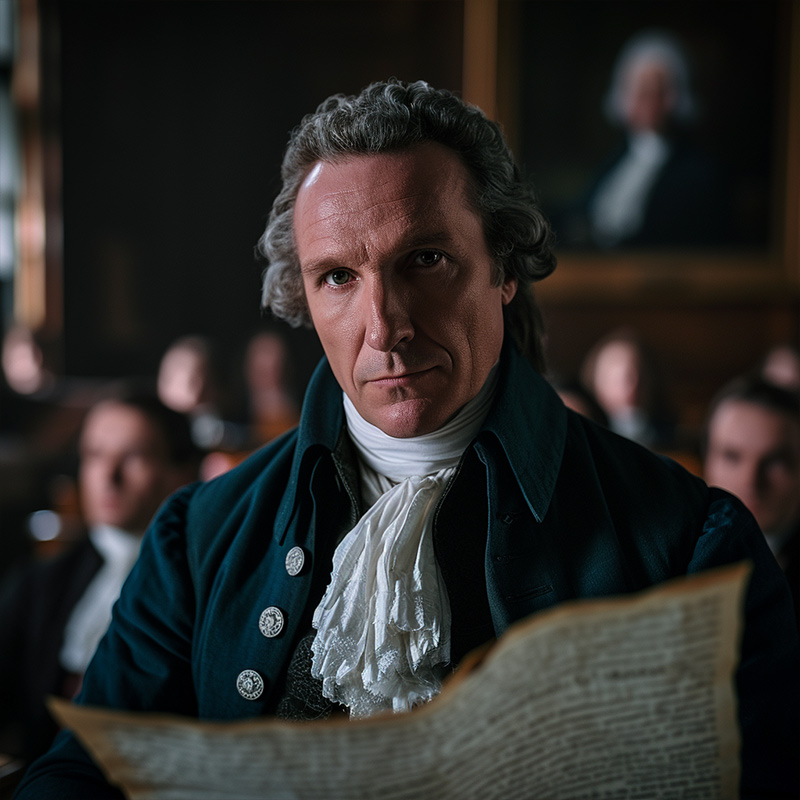
You’ve probably heard the phrase, “Give me liberty, or give me death!” but don’t know who said the famous words. Patrick Henry was an attorney, politician, and orator who served as the first and sixth governor of Virginia and spoke those courageous words long ago.
He served as a delegate to the First Continental Congress, where he signed the Petition to the King, later drafting the Virginia Declaration of Rights and the Virginia Constitution. As a slave owner, he hoped to see an end to slavery but had no plan after ending the import of slaves. This AI image gives us a glimpse of the enthusiastic orator.
Sarah Shelton Henry (Patrick Henry)
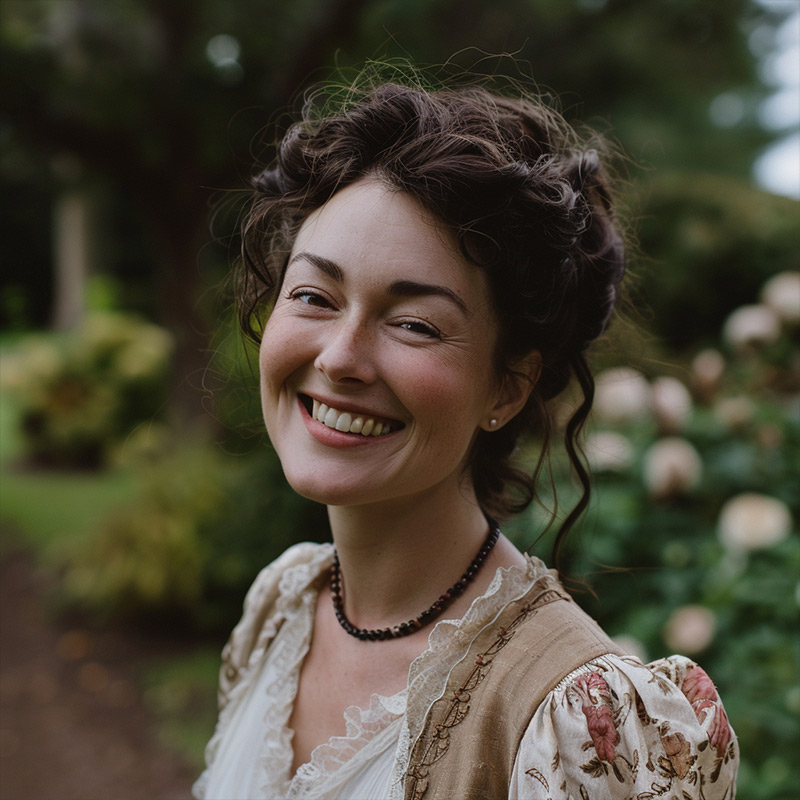
Sarah Shelton Henry, wife of Founding Father Patrick Henry, isn't someone we hear a lot about. They got married in 1754, and together they had a bunch of kids. Here's the thing — historical records tell us that Sarah struggled with mental illness, especially after giving birth to their sixth child. This likely meant she wasn't out there close with the other Founding Fathers' wives and wasn't directly involved in revolutionary activities.
But that doesn't mean she wasn't important! Imagine trying to raise a big family while dealing with an illness — that takes some serious strength. There are even rumors that Patrick kept Sarah a hidden because of her illness, but honestly, we just don't have enough info to know for sure.
Dorothea Dandridge Henry (Patrick Henry)

Dorothea Dandridge wasn't just some trophy wife for Patrick Henry. After his first wife passed away in 1775, he married Dorothea two years later. Dorothea was young, only 20 years old, but she became a stepmom to Patrick's whole crew of kids, some practically grown themselves! Being First Lady of Virginia during two of Patrick's terms as governor wasn't exactly a walk in the park. Imagine all those parties she planned!
But Dorothea wasn't just there to look pretty; historians believe she might have even been Patrick's secret weapon. She probably listened to his political ideas and gave him advice (kind of like a super early political consultant!). Even after Patrick passed away in 1799, Dorothea kept on rocking life. She remarried and lived a long life, dying in 1831.
John Marshall

Known as one of the most influential justices to ever serve in the Supreme Court, John Marshall was a politician and lawyer, eventually serving as the fourth Secretary of State. He joined the Continental Army during the Revolutionary war, serving in multiple battles.
Marshall helped implement the principle of separation of powers which helped to create the three branches of government as independent and co-equal branches of government. Though he’s not as well-known as some of the others on this list, he played an extremely important role in the foundation of our nation.
Mary Willis Ambler Marshall

Mary Willis Ambler Marshall, AKA Polly, was the wife of Supreme Court Chief Justice John Marshall. While she wasn't out there signing the Declaration of Independence or giving speeches, she played a crucial role in his life. They got married in 1783, after the Revolutionary War, and had a bushel of kids. Polly wasn't directly involved in politics, but she definitely influenced John.
Their house became a popular hangout for important figures, including other Founding Fathers. Think of Polly as the ultimate hostess with the mostest, making sure everyone felt welcome and comfortable enough to chat about politics.
George Mason
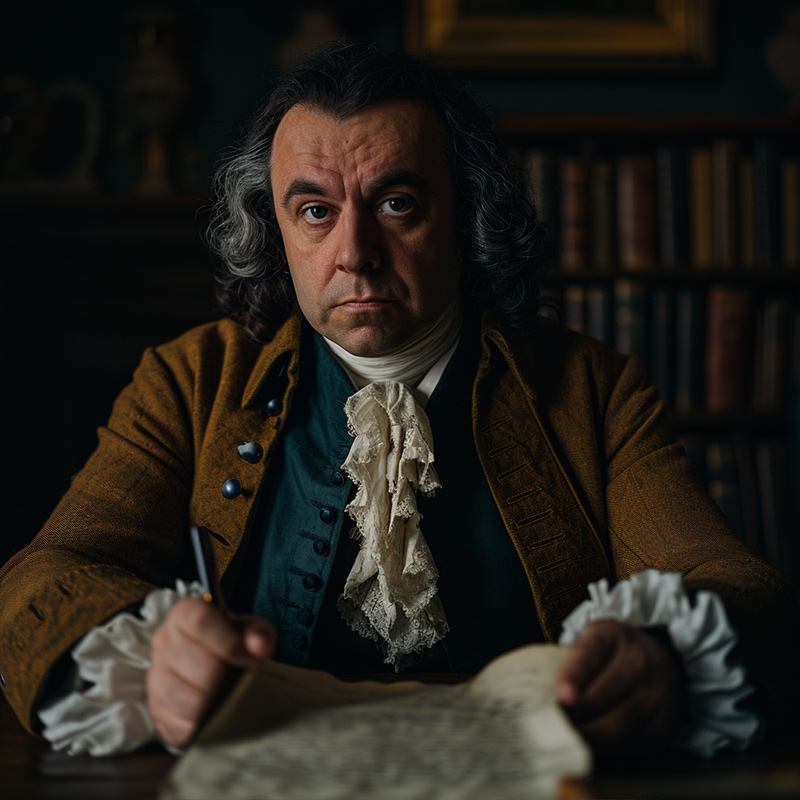
George Mason was a politician and delegate to the U.S. Constitutional Convention of 1787 and was one of only three delegates who refused to sign the Constitution. His writings opposing ratification have had a significant influence on political thought. We feel like he is not as well known as he should be!
He added multiple clauses to the Constitution before deciding he couldn’t sign it. The reason? A lack of a bill of rights. He wanted to end the slave trade though he was a slaveowner himself. It was his fight for a bill of rights that led to their eventual creation.
Anne Eilbeck

There's limited information available regarding George Mason's wife Anne Eilbeck, but here's what we do know. Anne Eilbeck wasn't exactly out there wheeling and dealing with the other Founding Fathers' wives. She married George Mason, a big-shot Virginia planter dude, in 1750. They had a whole bunch of kids, nine of whom lived to see adulthood. Sadly, Anne passed away after a tough childbirth.
Anne seemed to focus on being an awesome wife and mom, keeping the household running smoothly so George could be out there dealing with political stuff. Her death hit George hard, and he even thought about quitting politics for a while because he had so much on his plate at home.
Thomas Paine

The firebrand of the American Revolution, Thomas Paine wielded his pen like a weapon. His pamphlet "Common Sense" ignited the colonial imagination, selling an unprecedented 500,000 copies. Born in England, Paine's journey from corset maker to revolutionary writer is a testament to the power of ideas.
Paine's influence extended beyond America. After the Revolution, he returned to Europe, where he supported the French Revolution with his work "Rights of Man." His radical ideas and criticism of organized religion in "The Age of Reason" later led to his ostracism in America, a tragic end for a man who had once been hailed as a hero of independence.
Nathanael Greene

Nathanael Greene, the "Fighting Quaker," was an unlikely military genius. With no formal training, he rose to become one of Washington's most trusted generals. His innovative tactics in the Southern Campaign, including strategic retreats and guerrilla warfare, exhausted the British and helped secure American victory.
After the war, Greene faced financial difficulties due to personally guaranteeing supplies for the army. He moved to Georgia to manage a plantation granted to him by the state, but died shortly after at the age of 43. His strategic brilliance during the war has led many historians to rank him second only to Washington among Revolutionary War generals.
Catherine Littlefield Greene
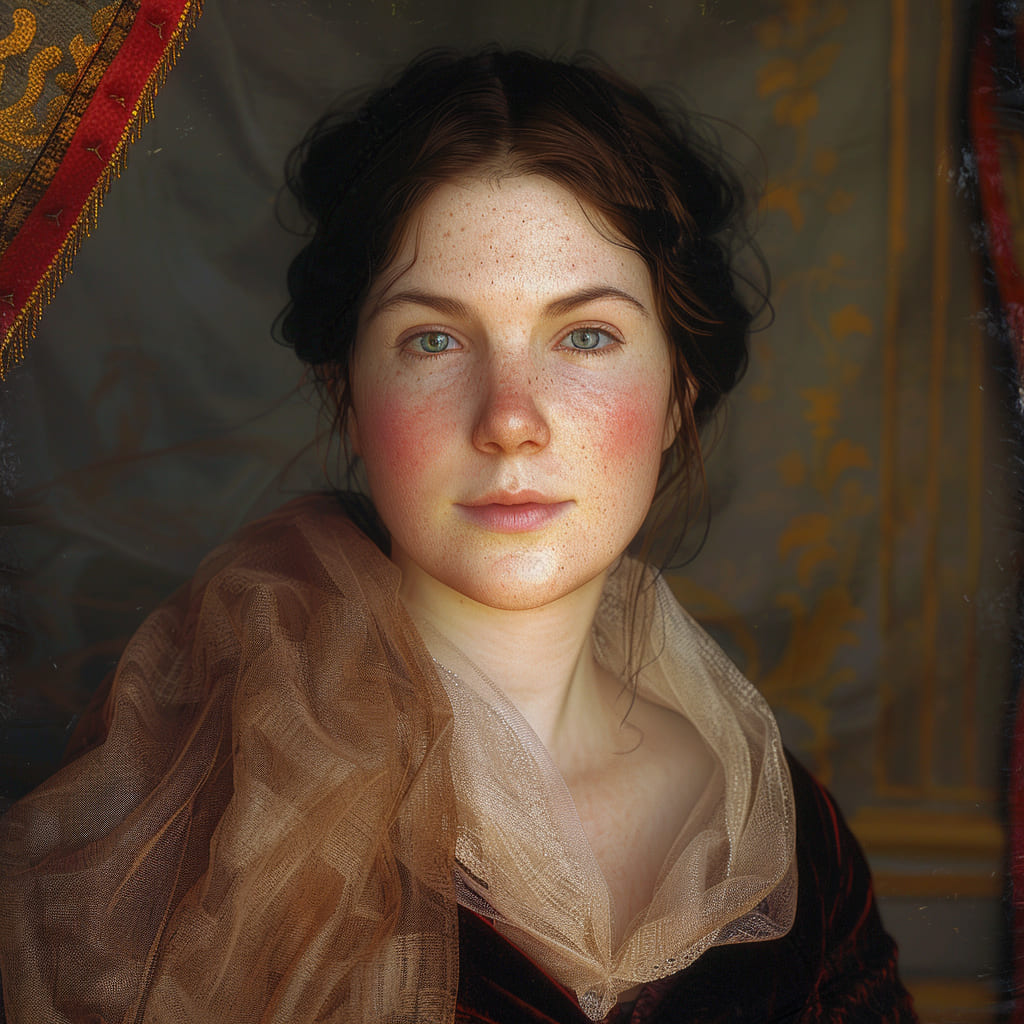
Catherine Littlefield Greene was more than just a general's wife. A woman of remarkable resilience, she managed the family estate and raised children while her husband was at war. Post-revolution, she became a key figure in American innovation, collaborating with Eli Whitney on the cotton gin.
While Whitney is credited with inventing the cotton gin, some historians argue that Catherine played a crucial role in its development. She reportedly suggested the use of a brush-like component to remove seeds from cotton fibers. After her husband's death, Catherine successfully managed their plantation, implementing innovative agricultural techniques.
Henry Knox
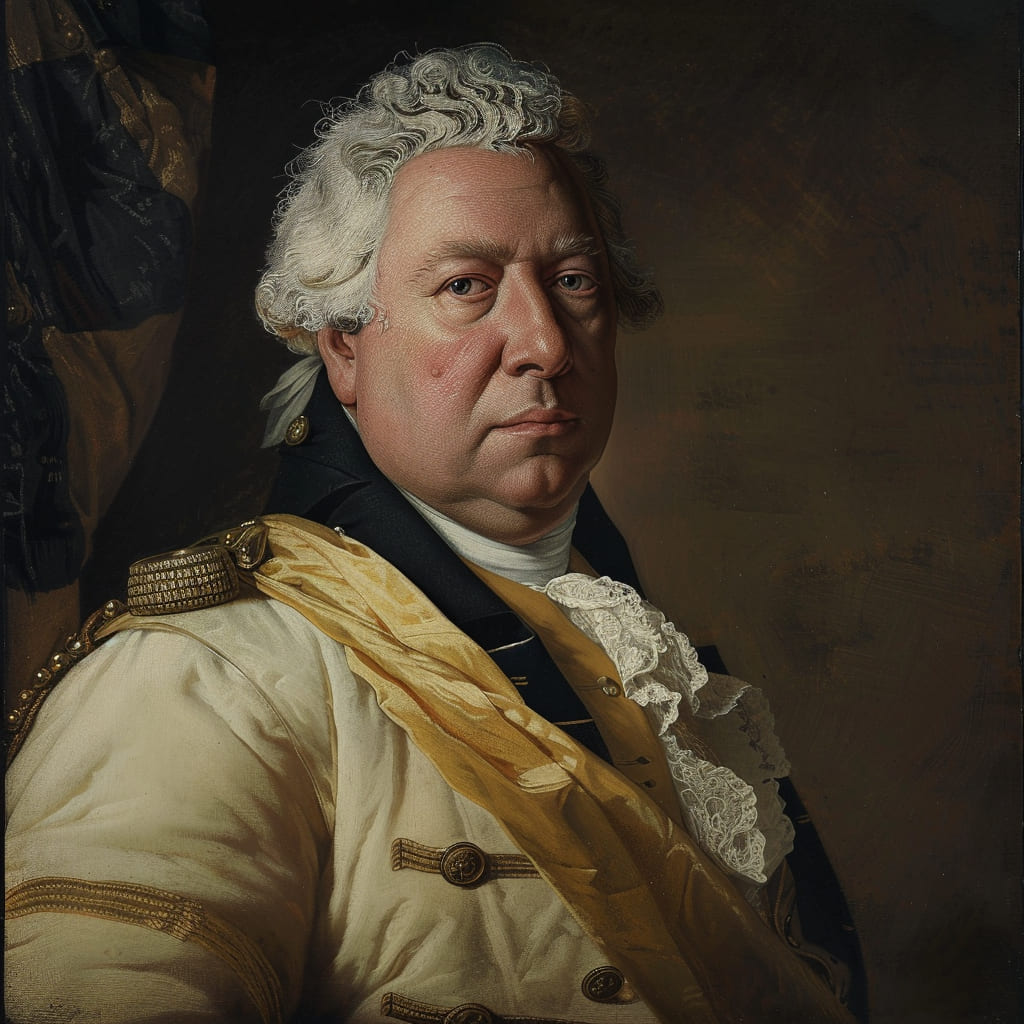
Henry Knox's transformation from Boston bookseller to chief artillery officer is a story of American ingenuity. His heroic feat of transporting cannons from Fort Ticonderoga to Boston in the dead of winter turned the tide of the war. Knox's journey represents the spirit of the revolution itself – ordinary people achieving extraordinary things.
After the war, Knox served as the first United States Secretary of War under the Articles of Confederation, continuing in that role in President Washington's first Cabinet. He oversaw the development of coastal fortifications, worked to improve the preparedness of local militia, and supervised the nation's relationship with Native Americans.
Lucy Flucker Knox

Lucy Flucker Knox's life reads like a revolutionary romance novel. The daughter of a staunch Loyalist, she chose love and liberty when she eloped with Henry Knox, leaving behind a life of privilege. Her story is one of personal sacrifice for the cause of independence.
Throughout the war, Lucy followed Henry to various encampments, enduring harsh conditions and even suffering multiple miscarriages. Her presence was said to have a positive effect on morale. After the war, she continued to support Henry in his role as Secretary of War, often serving as his proxy in social and political functions.
John Hancock
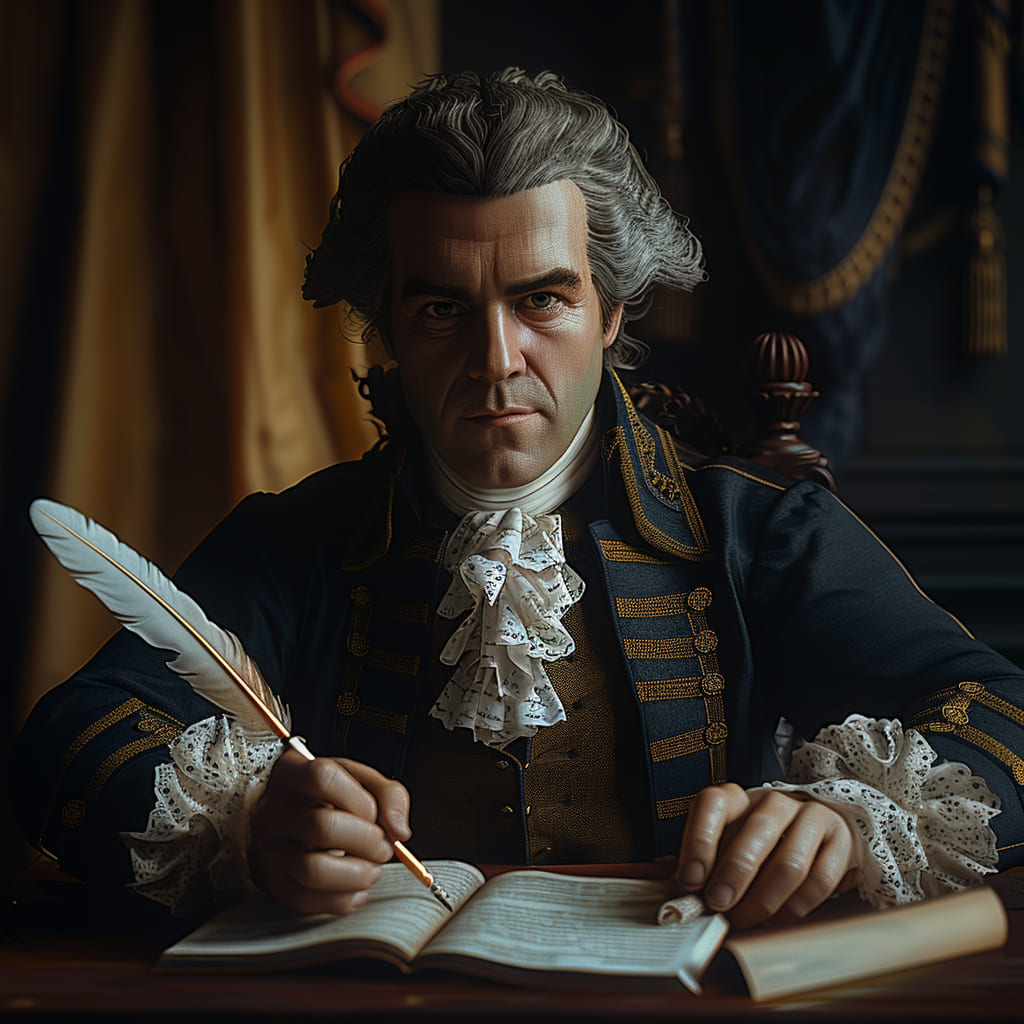
John Hancock's name became synonymous with "signature" due to his bold autograph on the Declaration of Independence. But Hancock was more than just a flamboyant penman. As a wealthy merchant and president of the Second Continental Congress, he put his fortune and life on the line for the revolutionary cause.
This AI-generated image showcases Hancock's flair for the dramatic, with a confident stare that seems to say, "Yes, I meant to make it that big." It captures the boldness of a man who, when signing the Declaration, reportedly said, "There, I guess King George will be able to read that!"
Dorothy Quincy Hancock

Dorothy Quincy Hancock had a front-row seat to the birth of a nation. Present at the Battle of Lexington and Concord, she witnessed the spark that ignited the revolution. As the wife of John Hancock, she later used her social position to rally support for the patriot cause.
Dorothy was known for her intelligence and wit. She managed the Hancock household and was a gracious hostess, skills that proved invaluable when John served as Governor of Massachusetts. She outlived her husband by 38 years, remaining a respected figure in Boston society.
Elbridge Gerry
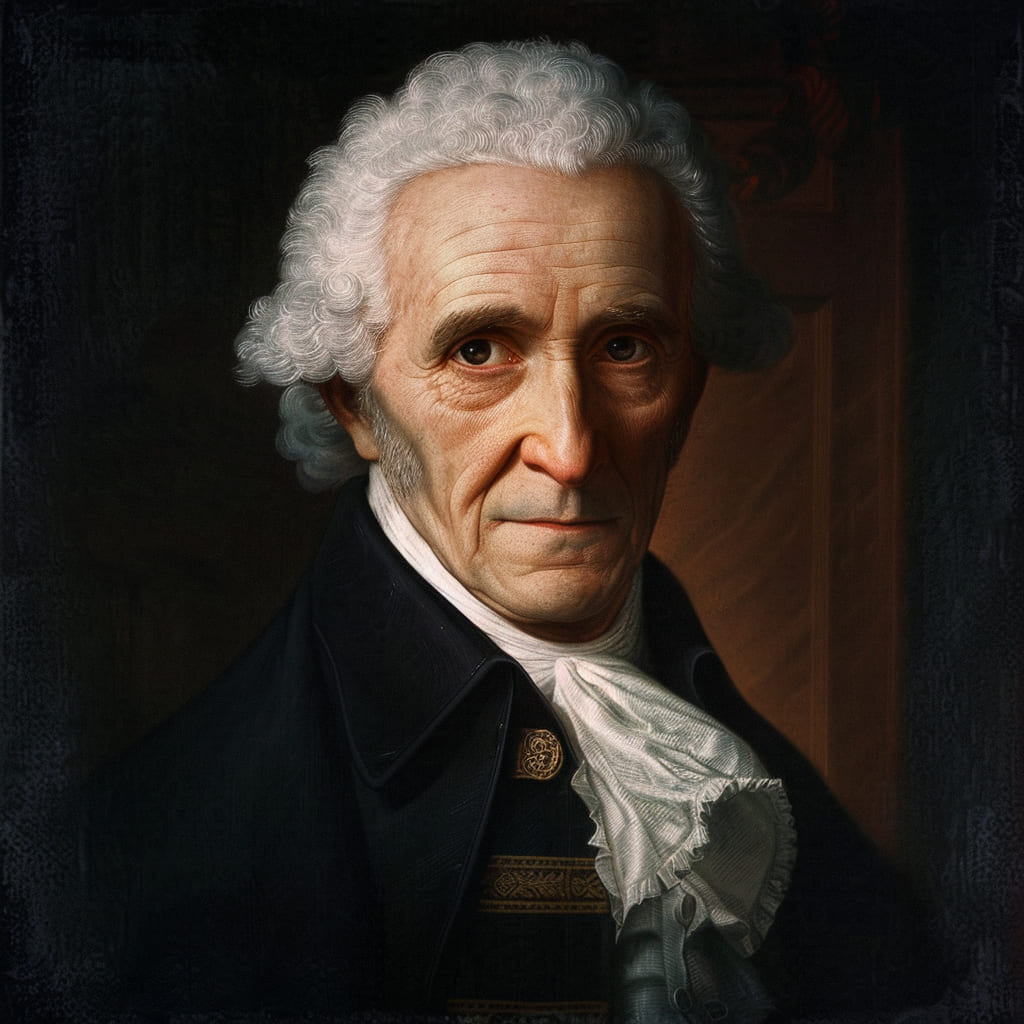
Elbridge Gerry's legacy is as complex as the young nation he helped create. A signer of the Declaration and later Vice President, he's ironically best remembered for the controversial political practice named after him: gerrymandering. Yet Gerry's career was marked by a steadfast dedication to democratic principles, even when they conflicted with his party's interests.
Gerry initially opposed the Constitution, refusing to sign it due to the lack of a bill of rights. He later supported its ratification after the addition of the Bill of Rights. His political career culminated in his election as James Madison's vice president, though he died in office after serving only a year and a half.
Ann Thompson Gerry
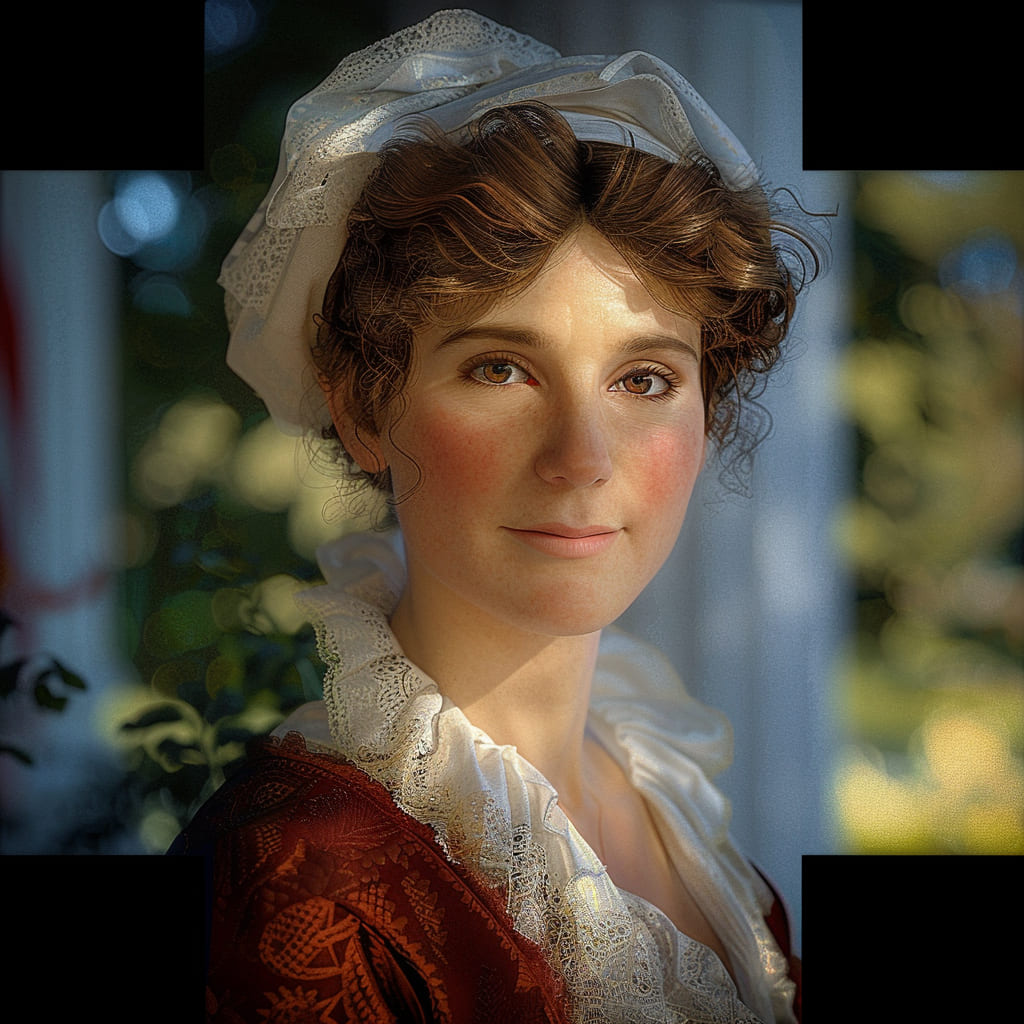
Ann Thompson Gerry was the anchor that kept the Gerry family grounded through political storms. Managing their household during Elbridge's frequent absences, she was a source of stability in uncertain times. Her role exemplifies the often-overlooked contributions of women to the revolutionary cause.
Ann was much younger than Elbridge, marrying him when she was 20 and he was 48. Despite the age difference, their marriage was reportedly a happy one. She bore him ten children, with three born after Elbridge turned 60. Ann briefly served as Second Lady of the United States during her husband's short tenure as Vice President.
Edmund Randolph
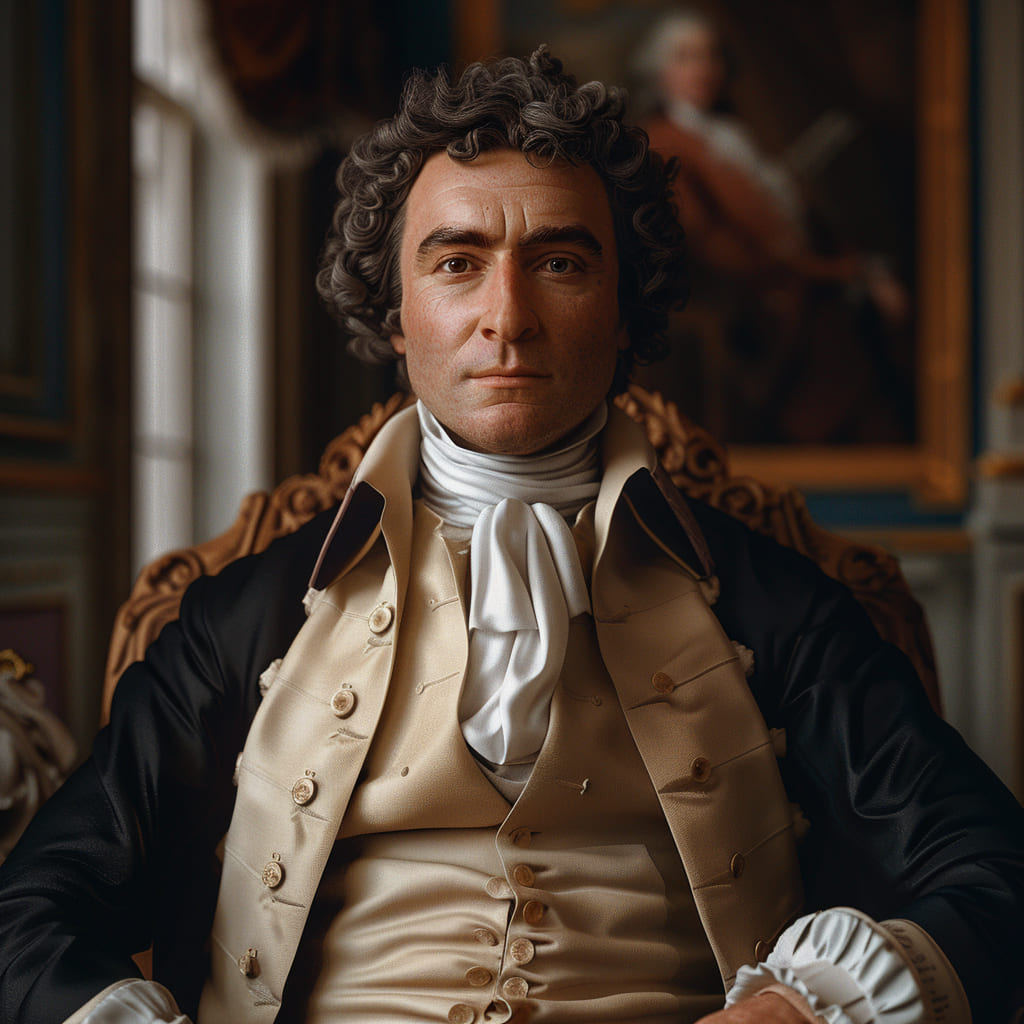
Edmund Randolph's career traces the arc of the American Revolution. From aide-de-camp to Washington, to the nation's first Attorney General, to Secretary of State, Randolph was a key player in shaping the new government. His later political controversies serve as a reminder of the fragility of the young republic.
Randolph played a crucial role in the Constitutional Convention, introducing the Virginia Plan which became the basis for much of the Constitution. However, his tenure as Secretary of State ended in controversy when he was accused of sharing classified information with the French. Though he was later exonerated, the scandal effectively ended his political career.
Elizabeth Nicholas Randolph
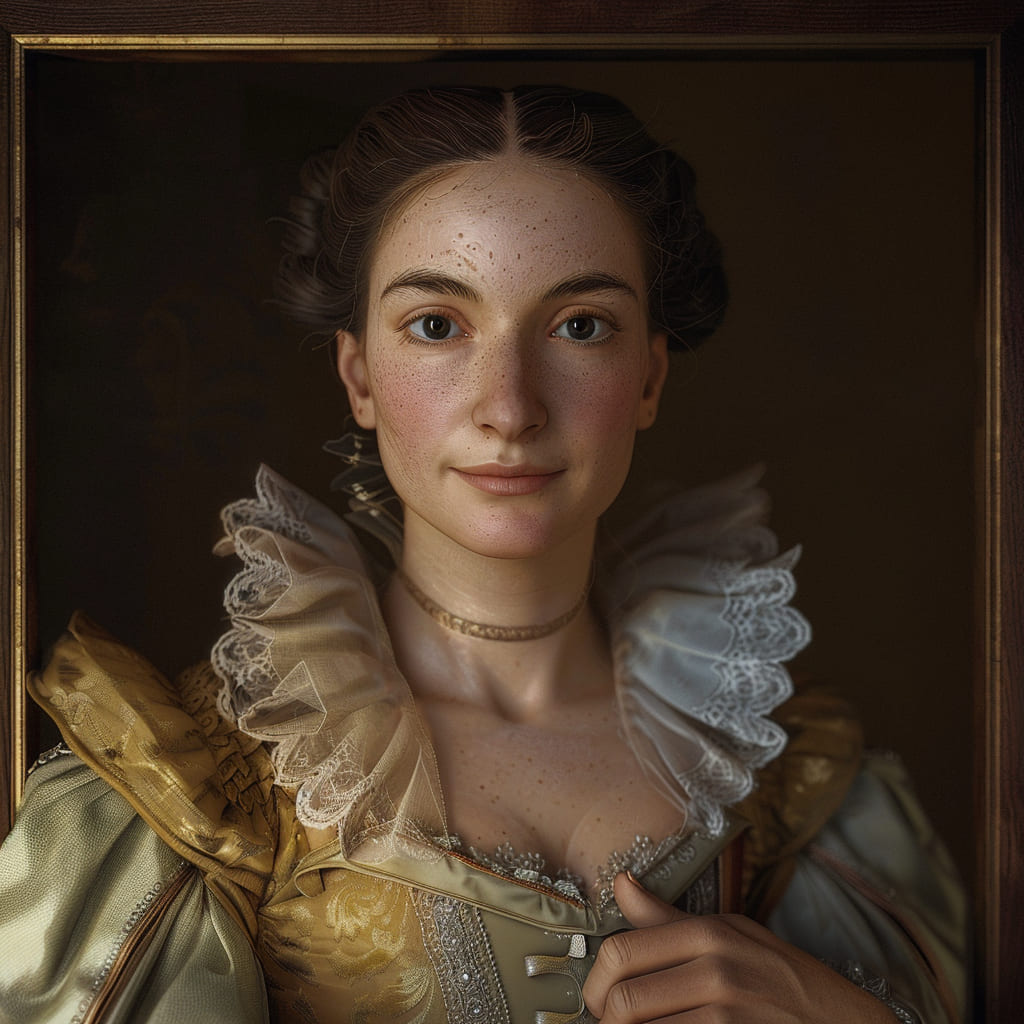
Elizabeth Nicholas Randolph brought her own political acumen to her marriage with Edmund. Coming from a prominent Virginia family, she was well-versed in the art of politics and proved a valuable confidante to her husband throughout his tumultuous career.
Elizabeth's father, Robert Carter Nicholas, was a notable figure in Virginia politics, which likely contributed to her political savvy. She stood by her husband during the scandal that ended his political career, demonstrating the crucial supportive role played by many wives of the founding generation.
Charles Carroll

As the only Catholic signer of the Declaration of Independence, Charles Carroll of Carrollton stood out among the Founding Fathers. One of the wealthiest men in the colonies, he risked it all for the cause of independence and religious freedom. His long life – he outlived all other signers – made him a living link to the revolution for a new generation.
Carroll's Catholic faith made him an ardent supporter of religious liberty. He served in the Maryland Senate and briefly in the U.S. Senate. In his later years, he became an icon of the Revolutionary era, hosting a grand reception for the Marquis de Lafayette during his 1824-25 tour of America.
Mary Darnall Carroll
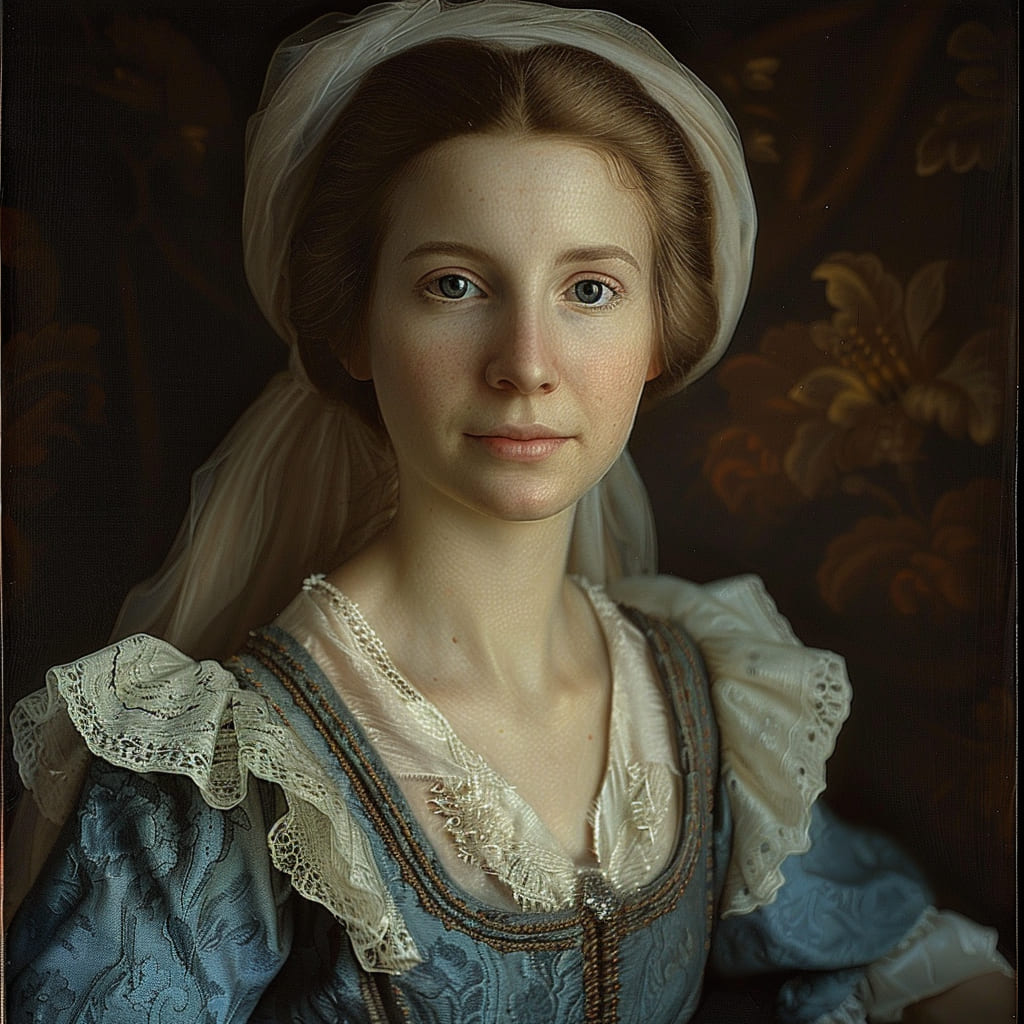
Mary Darnall Carroll managed vast estates while her husband, Charles, attended to affairs of state. Her role required not just domestic skills but also business acumen and diplomatic finesse in dealing with tenants and neighboring landowners.
Mary came from another prominent Maryland family, and her marriage to Charles Carroll united two of the colony's most powerful Catholic families. Sadly, she died relatively young in 1782, leaving Charles a widower for over 50 years. Her capable management of their estates during Charles's frequent absences was crucial to maintaining the family's wealth and influence.
Roger Sherman
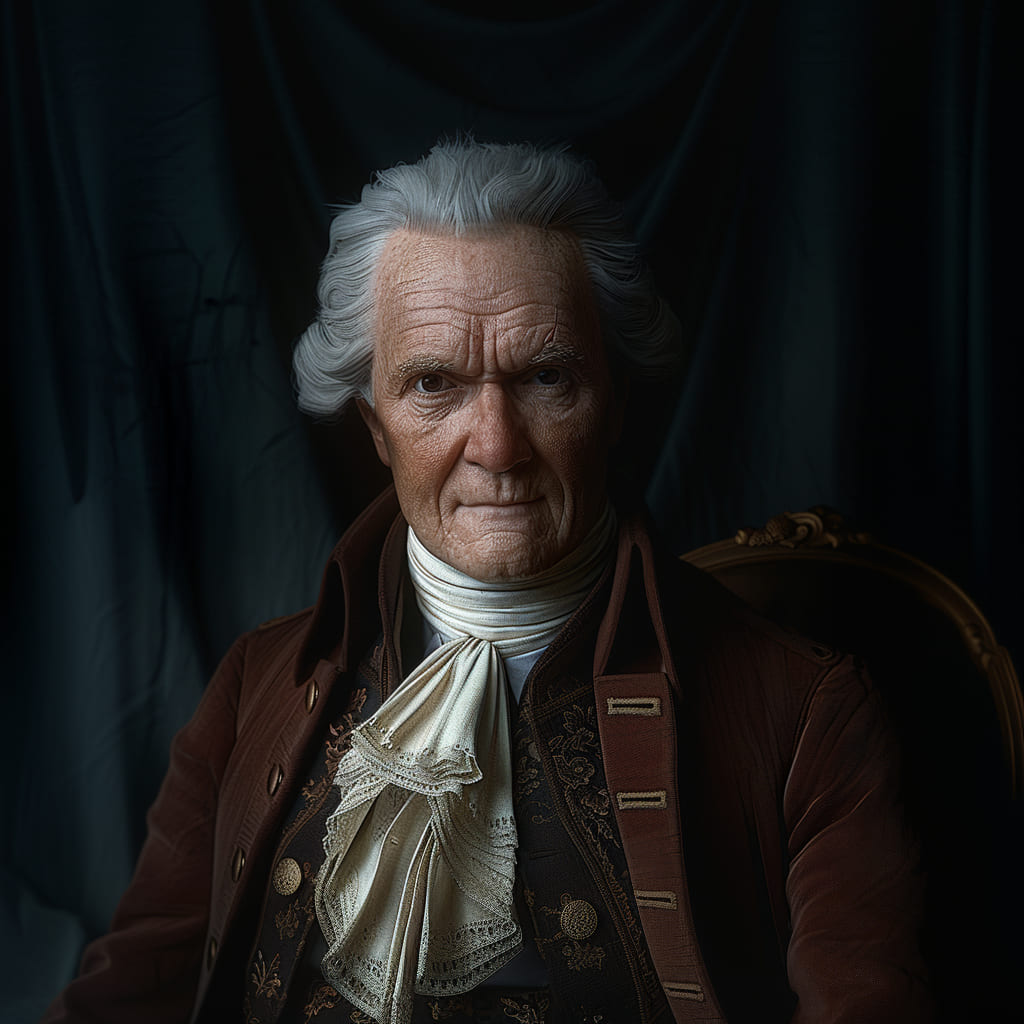
Roger Sherman's story embodies the American dream before the phrase was even coined. Rising from humble beginnings as a cobbler, he became the only person to sign all four great state papers of the U.S. Sherman's practical intelligence and ability to forge compromises were crucial in the drafting of the Constitution.
Sherman was a key figure in creating the Connecticut Compromise, which resolved the conflict between large and small states over representation in Congress by establishing a bicameral legislature. He also served as a Senator and a Representative under the new Constitution, making him one of the few Founders to serve in all three branches of government.
Rebecca Minot Prescott Sherman

Rebecca Minot Prescott Sherman managed a household that was a microcosm of the growing nation. Raising a blended family of seven children while her husband Roger helped shape the country, Rebecca's domestic sphere was as politically charged as any Continental Congress meeting.
Rebecca was Roger's second wife, marrying him after the death of his first wife. She bore eight more children, bringing the total to fifteen. Despite the demands of such a large household, Rebecca was known for her intelligence and piety. She instilled these values in her children, several of whom went on to have distinguished careers in law, politics, and business.
 Author
James Stephens
Last Updated: November 24, 2025
Author
James Stephens
Last Updated: November 24, 2025